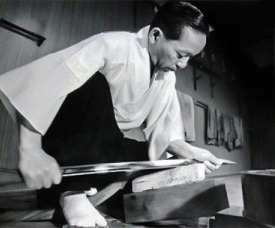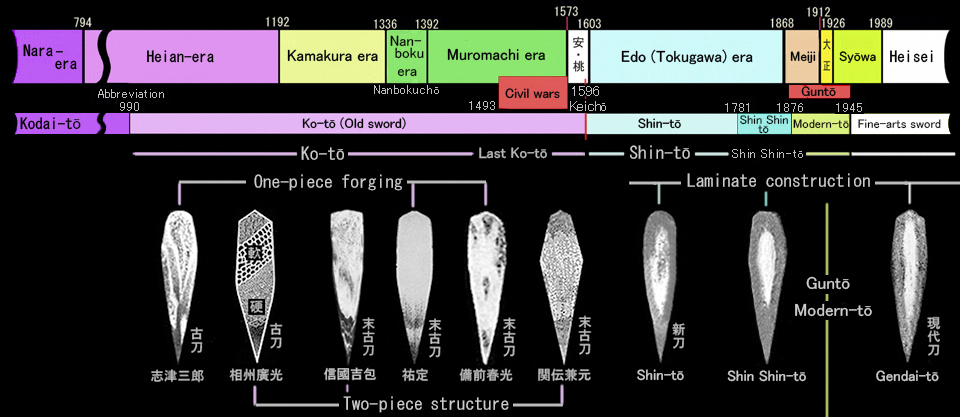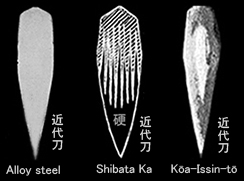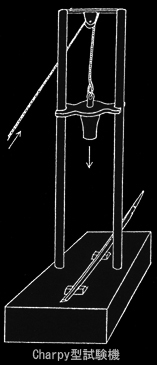
�@�@�@�@�@�@Kōkan-Nagayama polisher
{ The postwar swordsmith has set the fine-arts sword as the purpose of a
sword making.
The purpose of the sword was to forge not arms but a work of art.
However, I regard this as it being a fundamental mistake.
The way of thinking of "making a work of art" is a fundamental mistake.
Don't misunderstand my opinion. I do not claim these days "make a weapon."
However, a Japanese sword is a weapon and has progressed.
A Japanese sword is equipped with fine-arts nature as such a result.
Therefore, the swordsmith must put the starting point of a present sword on
the "weapon" instead of a "work of art."






